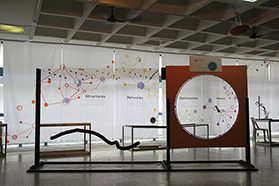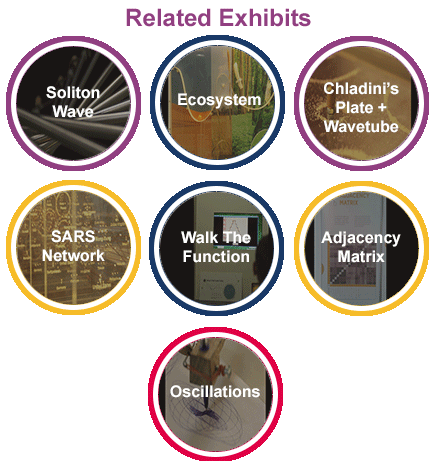
A wave is a rhythmic undulation that moves in space with a finite speed. Periodic movement of one part causes adjacent parts to start oscillating which inturn incite their neighbours.
Waves allow us to receive television and radio signals and watch live telecasts of our favourite events half way across the globe, see the light from distant stars, see the minute structures in a cell in our body, send text messages to our friends, detect oil and gas hidden far below the surface of the earth, and communicate all this to each other!
Simply put, A wave is a rhythmic undulation that moves in space with a finite speed. A periodic movement of one part causes nearby parts to start oscillating which in turn incite its neighbors, and so it continues, thereby creating a wave.
Contrast this with pure oscillation, which is just periodic motion of any object or any quantity in time, without the propagation in space at finite speed which are the main defining characteristics of a wave. (Think of the wave of motion of cars as the light turns green at a road signal – the first set of cars start moving, then after a delay the next set behind them moves, and so on. If only most drivers realize that the speed of such a wave is much less than the speed of the green light waves which instantly reach the drivers’ eyes, much of the honking at the signals will reduce drastically – a real example of how understanding of mathematics may change our everyday lives!)
Where do waves occur? Everywhere – literally! Wave phenomena is ubiquitous: waves on a still pond, in the deep ocean producing tsunami, in the atmosphere, in the dense plasma in our Sun, the light that lets us see, the sound that we hear, the patterns on tabla. The list is only limited by our imagination – literally!















































